My great-grandfather, Erlon H. Parker, flew bi-planes for the United States in World War I. As a Memorial Day project, I decided to pull on a few threads to see what else I could find about the man known in my family as “Skipper.”
The photo up top is Skipper in the cockpit of a biplane. Back then, planes were wood-framed and covered with canvas. When they first started flying, they didn’t know how to synchronize machine guns with the prop so there was a danger of shooting the propeller off. Until they could work out the synchronization, the solution was to wrap the prop with bands of steel. This resulted in randomly ricocheted bullets which sometimes would glance off you or your plane but at least the prop survived. This gives you an idea of how they did things in the early days.
Before that, pilots went up with pistols, which sounds quaintly like the Wild West. Other options included deploying a grappling hook on the end of some rope and trying to cross your enemy’s path and tear up the their plane like some Afghan fighting kite.
This is what my great-grandfather signed up for.

Once the United States entered the war, the Army and Navy raced each other to see which service would get to Europe first. The Navy implemented a recruiting program to enlist men for aviation duty. 100 men were chosen, two from each state. Skipper, signing up from Maine, joined as a member of 1st Naval Aeronautic Detachment in Pensacola, Florida which was eventually winnowed down to 20 enlisted pilots.
On a family Zoom call, I learned that the fledgling unit left for Europe before any uniforms could be made for them. Once they landed in France, (fun fact, they sailed to Europe on the USS Jupiter, the first aircraft carrier in the US Navy) they were instructed to go to a tailor and get a uniform made for themselves. Apparently everyone interpreted what a uniform of a naval airman should look like so the resulting uniforms were not very, um, uniform.
The group needed instruction as they had little practice flying. The French pilots agreed to train them but, because of the language barrier, they had to be creative.
One can only imagine how dodgy these early planes were. Nicknamed “flying eggcrates” there wasn’t much holding them together. The early engines were not very reliable, some only good for 4-hours flying time. There was no radio so each plane went up with a carrier pigeon which was used to send home coordinates for a search party should they go down. There were also other uses for homing pigeons.
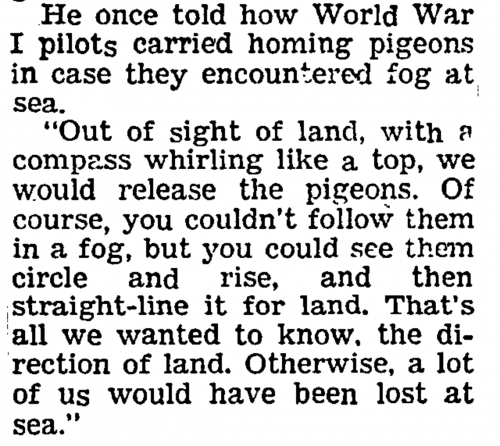
Skipper flew seaplanes (“flying boats”) that patrolled out over the ocean looking for enemy ships and submarines. They mostly would go out on reconnaissance but they also had some light bombs (basically hand grenades) that they could pitch over the side if they wanted to cause trouble.
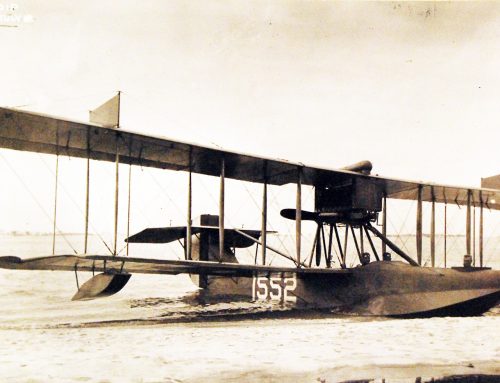
I also learned from Skipper’s obituary that his squadron was credited with sinking two German submarines but that all he ever shot down were, “two seagulls.”
After the war, Skipper joined a fellow war pilot, Eddy Rickenbacker, as one of the first commercial pilots with Eastern Airlines where he flew the Ford Tri-motor “Tin Goose” on the route between Newark, NJ and Washington, DC. Captain Pete Parker, as he became known, became the Chief pilot with Eastern and flew the first flight out of North Beach, Long Island which is now known as La Guardia.
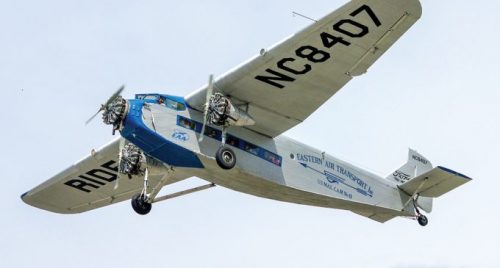
I have seen Captain Parker’s flight log at my parent’s house which records regular flights between Newark and Havana on a DC-3 back in the 1930’s. My great-grandmother used to tell of the time when they were passengers on a DC-3 going through choppy air. Everyone was getting ill from getting bounced around so much so Skipper asked his wife to excuse him and went up to the cockpit and politely asked if he could take over for a bit. The plane soon smoothed itself out to the delight of everyone on-board.
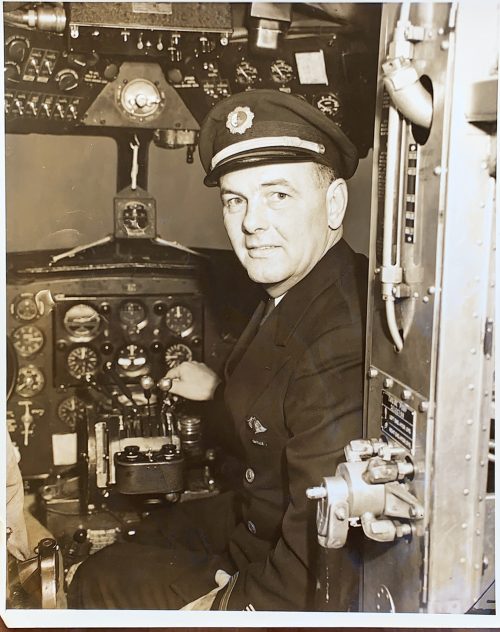
Skipper died before I was born but his stories and spirit last on in my family. He is also the reason my middle name is Parker. I thank him for his service and hope you enjoyed this little celebration of his amazing life.
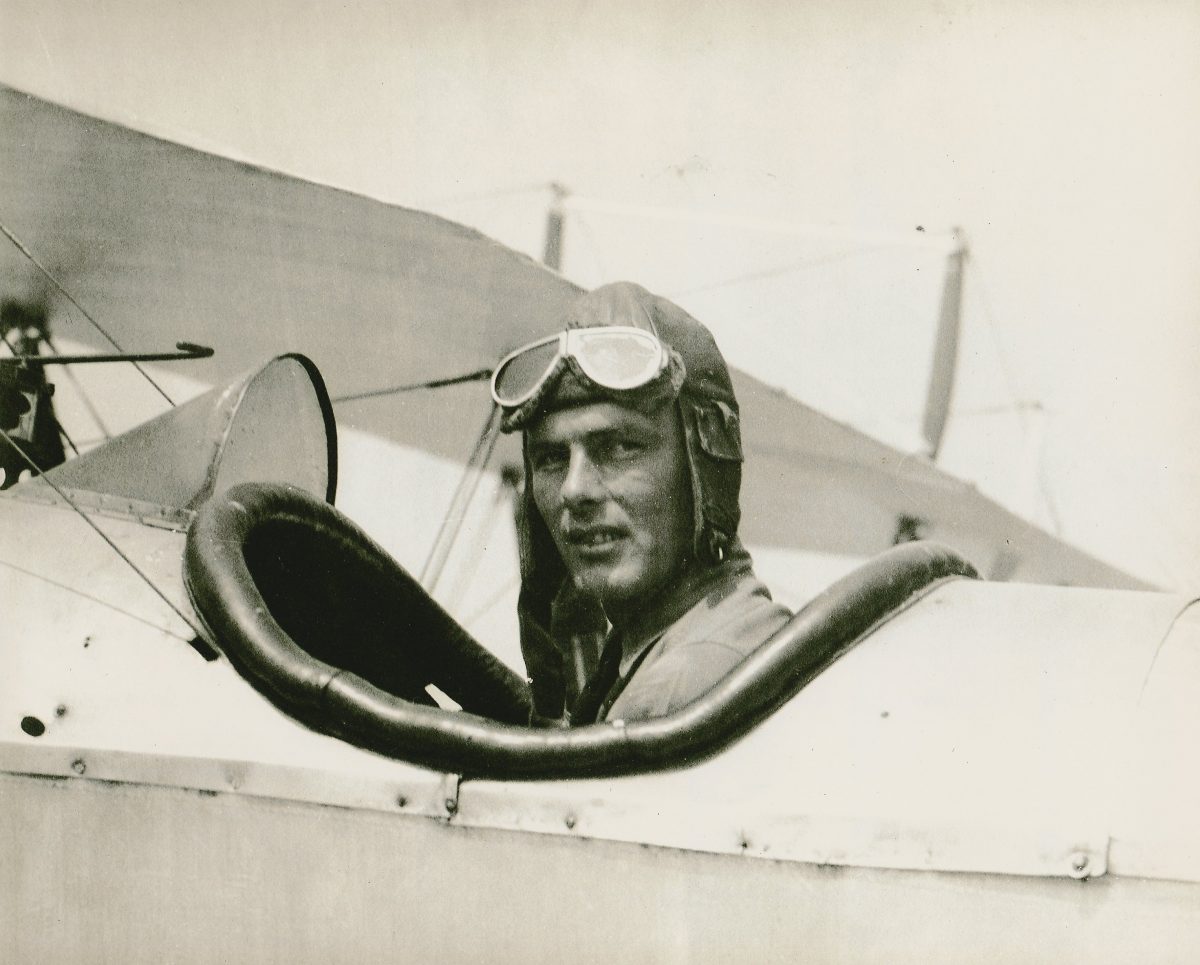

Leave a comment